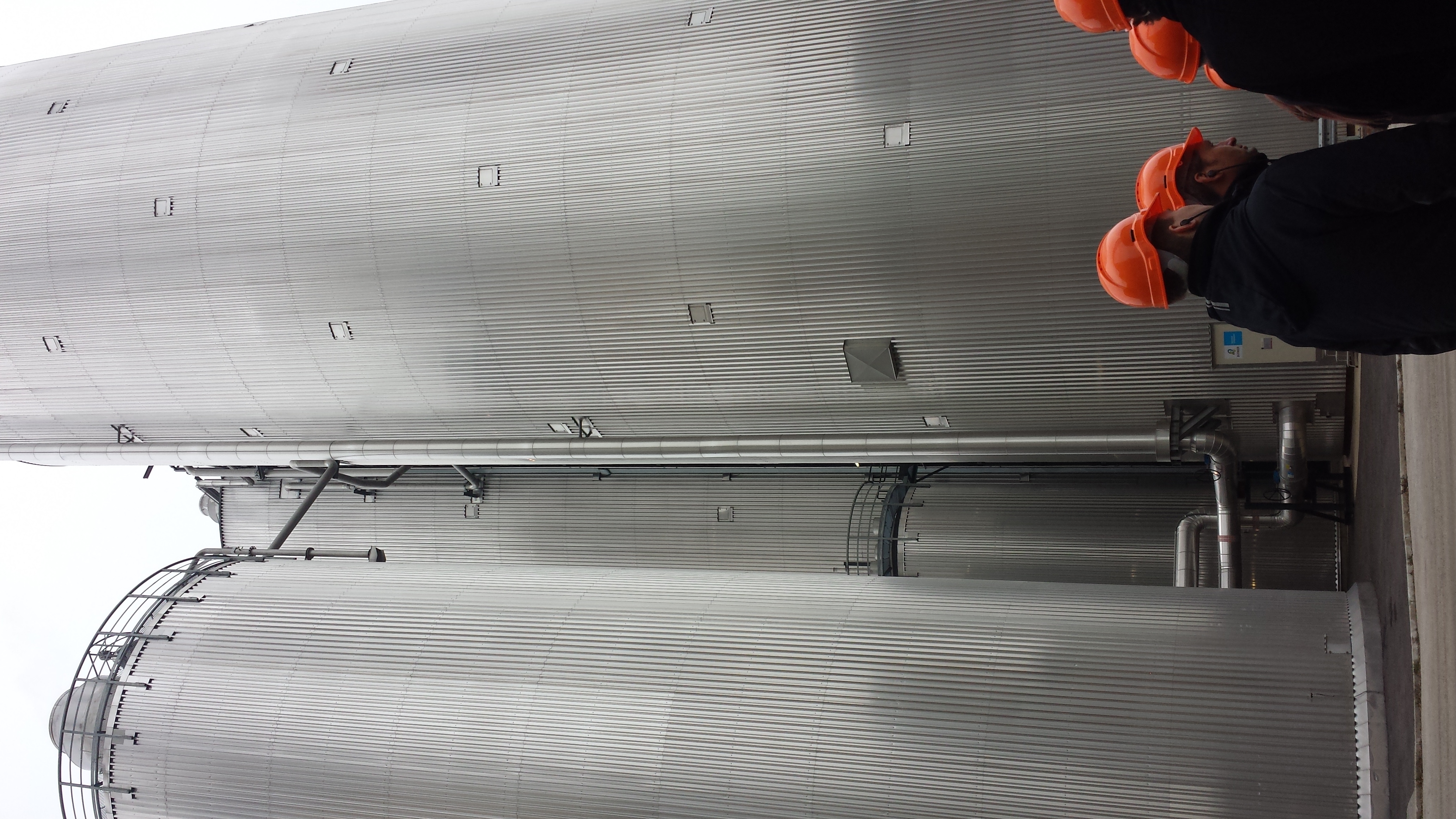Limited Expertise
The study shows that the number of institutes, companies, and experts working on thermal energy storage is still
limited. Some countries stand out because of their specialization in a particular technology. For example, PTES
technology has been very strongly developed in Denmark, Switzerland has taken major steps in the PCM field, and Germany
has a lot of experience in decentralized sensible storage and in developing solutions together with industry. A lot of
knowledge built up in projects is not retained because budgets vary greatly over time and employees move to other work
areas.
Qualitative Roadmaps
The (inter)national roadmaps and reports on thermal energy storage are generally qualitative and relate to thermal
energy storage for collective heat, usually district heating. They do not describe the steps needed to boost the
development of thermal energy storage.
Netherlands' Leadership
The Netherlands plays a good role in international research and development activities for thermal energy storage
technologies. It has a pioneering role in ATES and Iron-Redox technology, and international experts regard the
Netherlands as a leader in TCM, thermochemical heat storage.
Need for Collaboration
In addition to aquifers and mine water, the Dutch heat transition also requires other central heat storage technologies,
such as PTES, heat reservoirs, TTES, large heat storage tanks, and high-temperature sensible heat. Collaboration with
foreign parties is necessary to acquire knowledge of these technologies.
